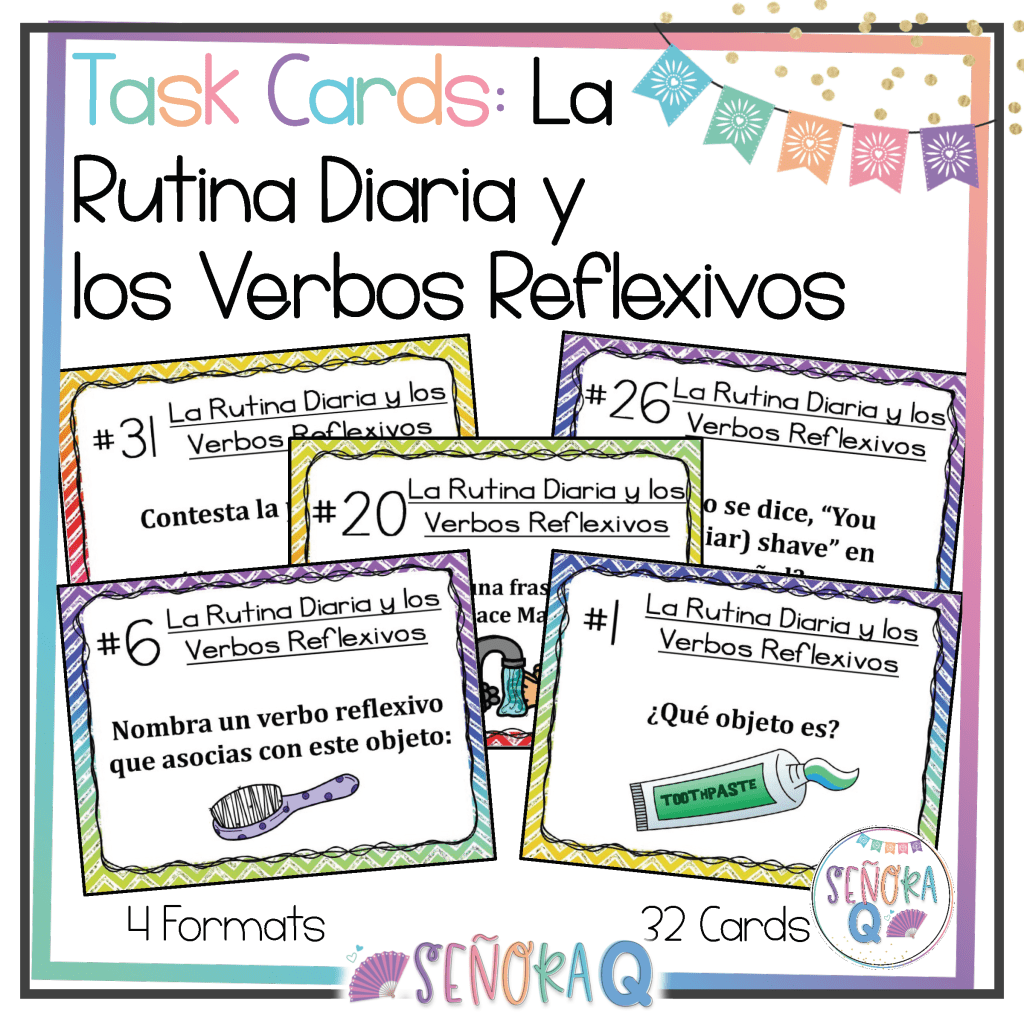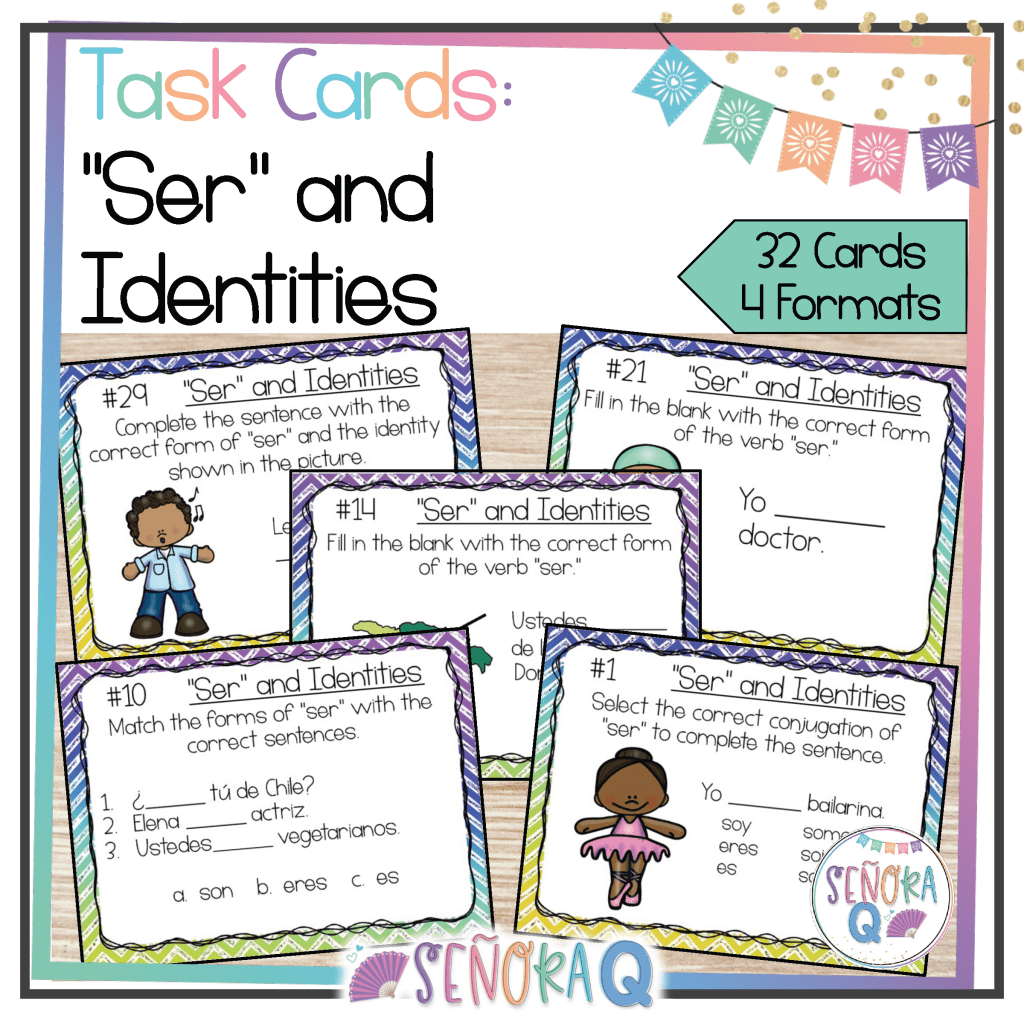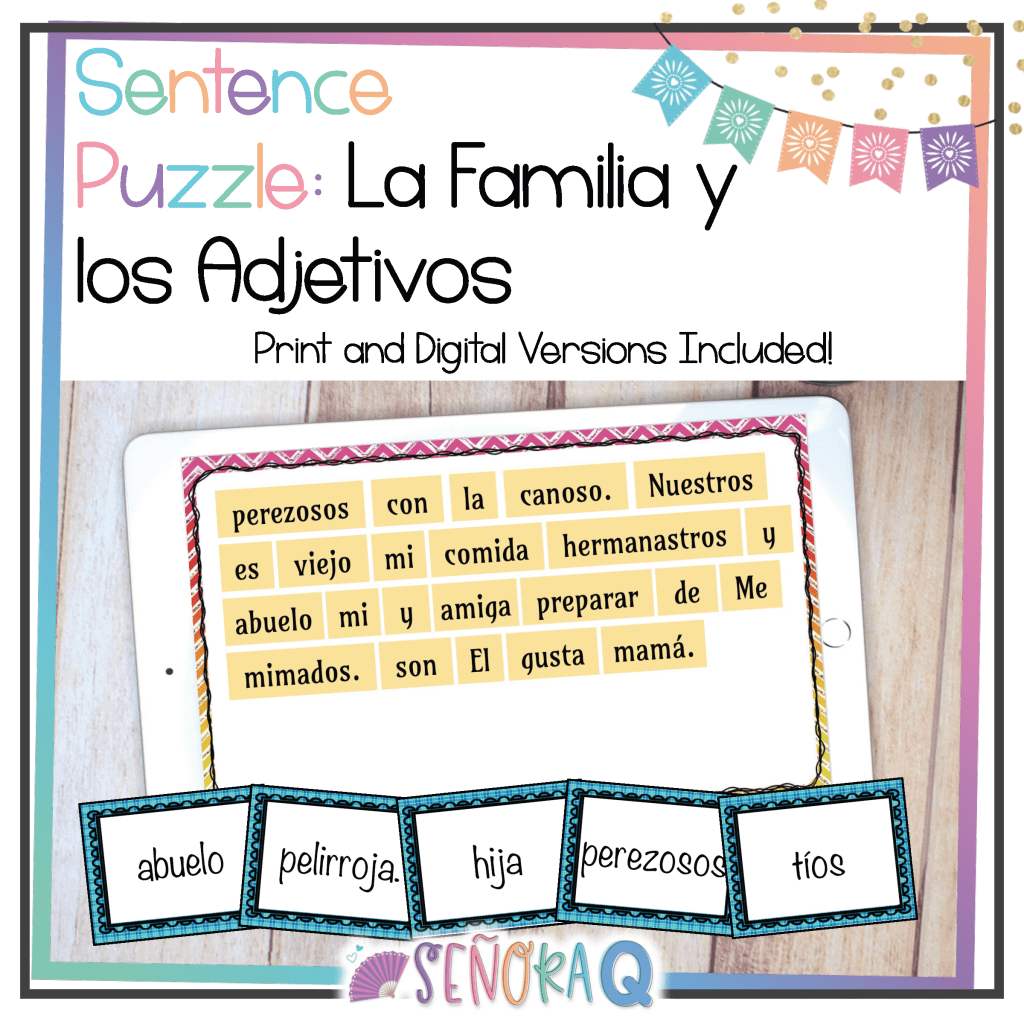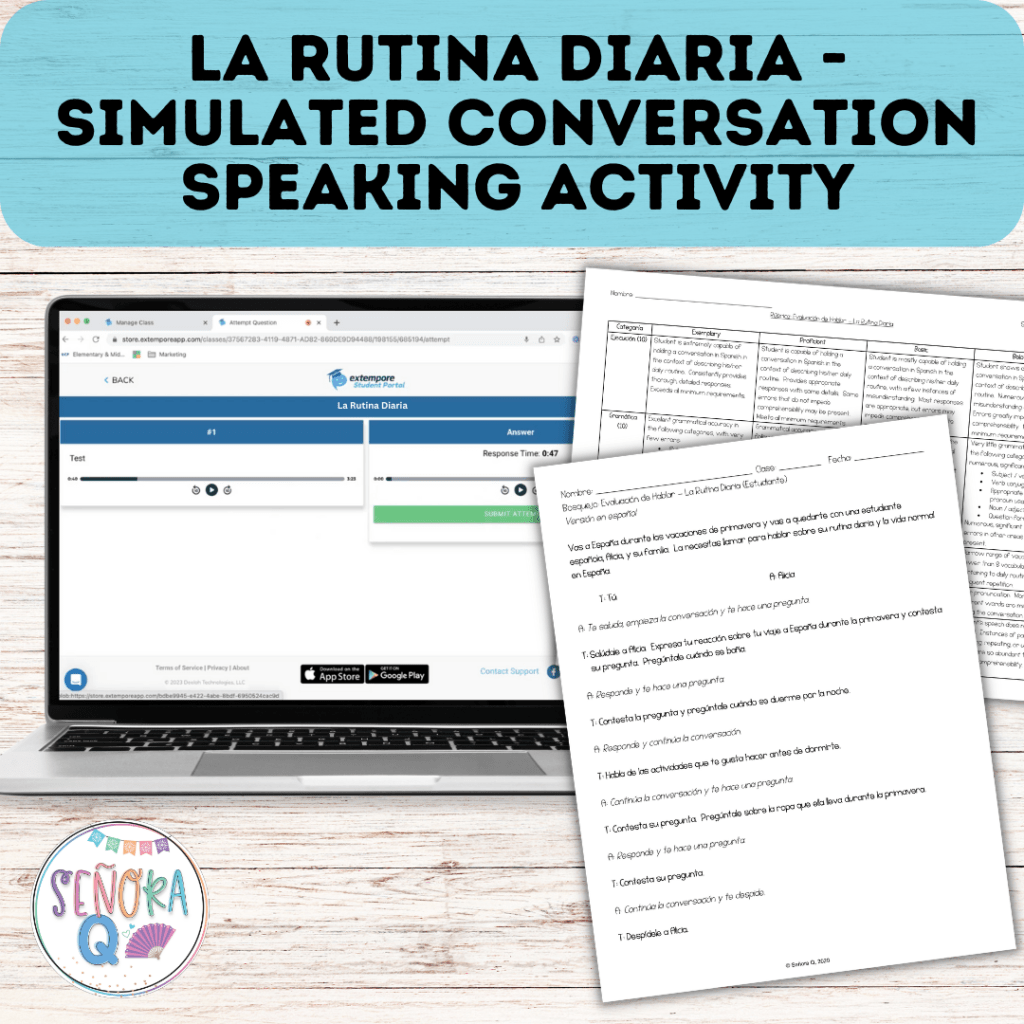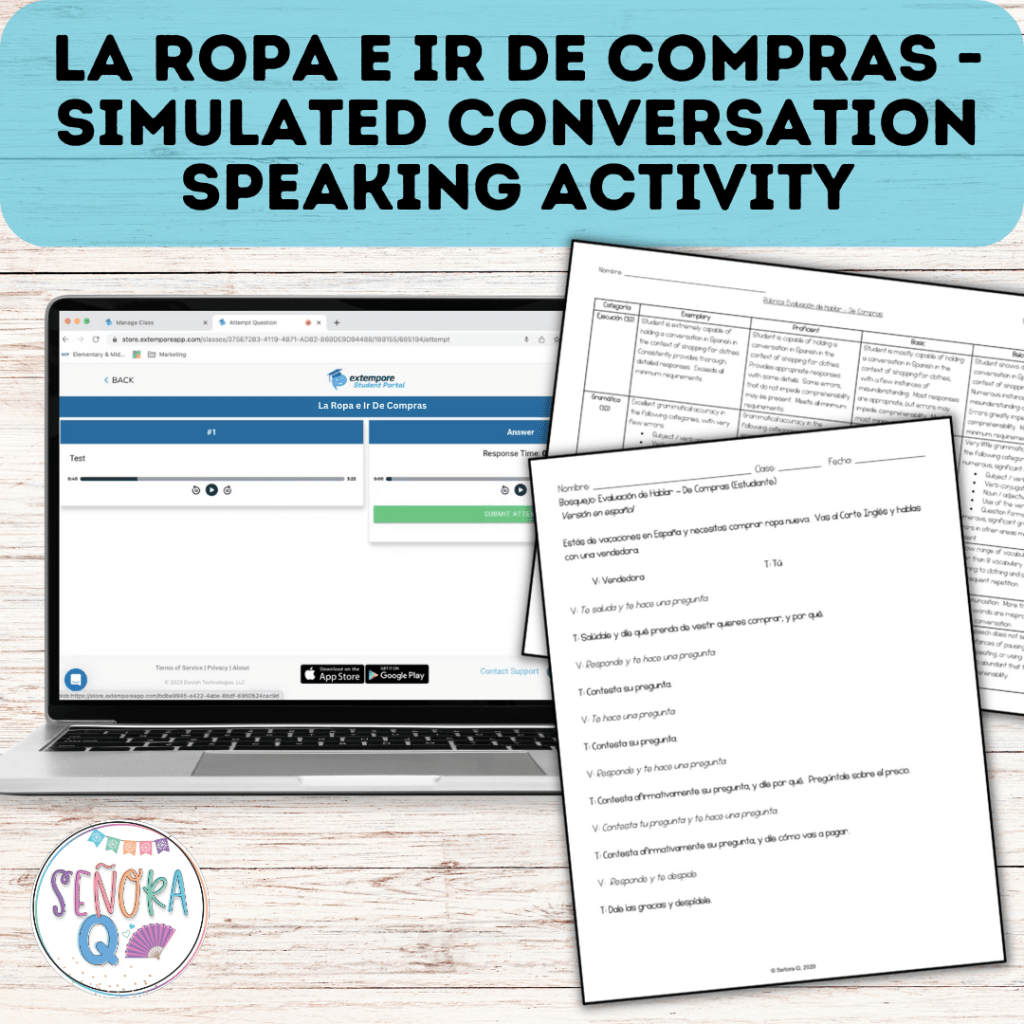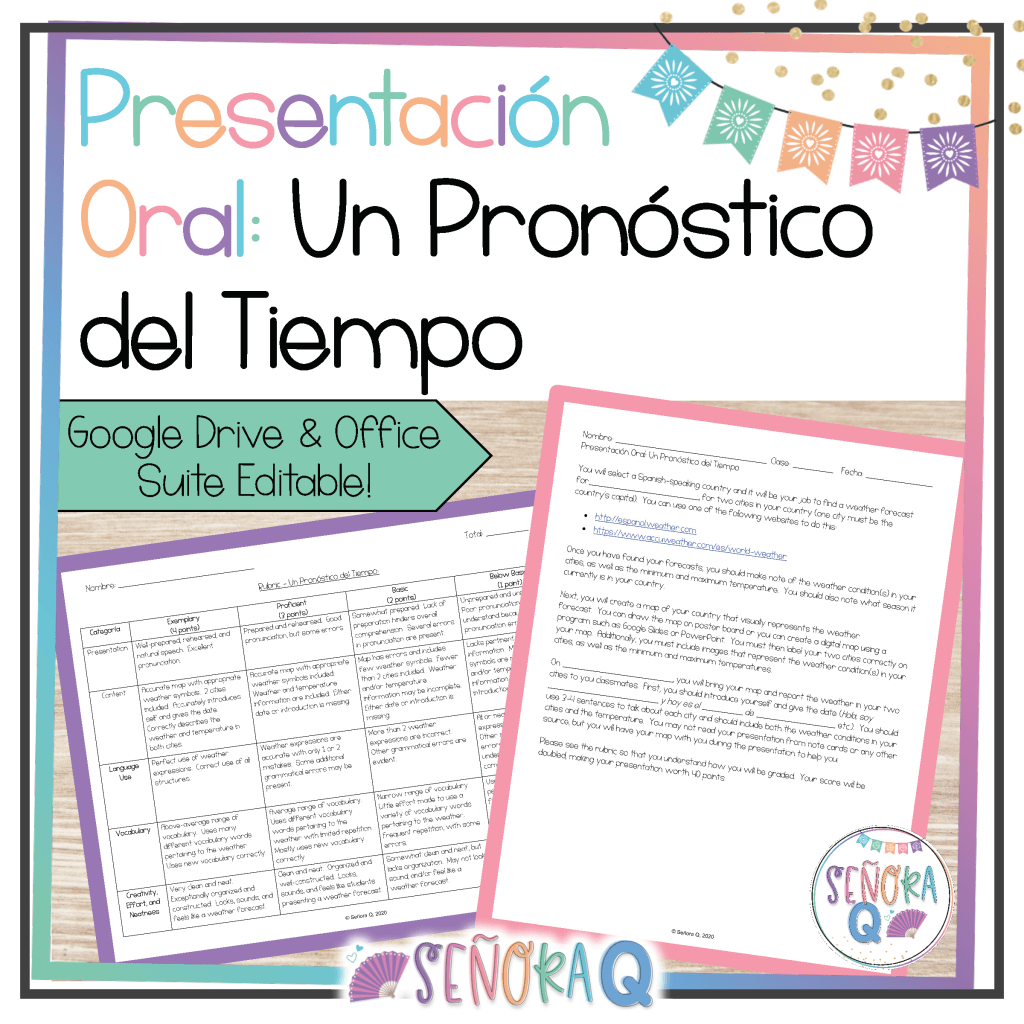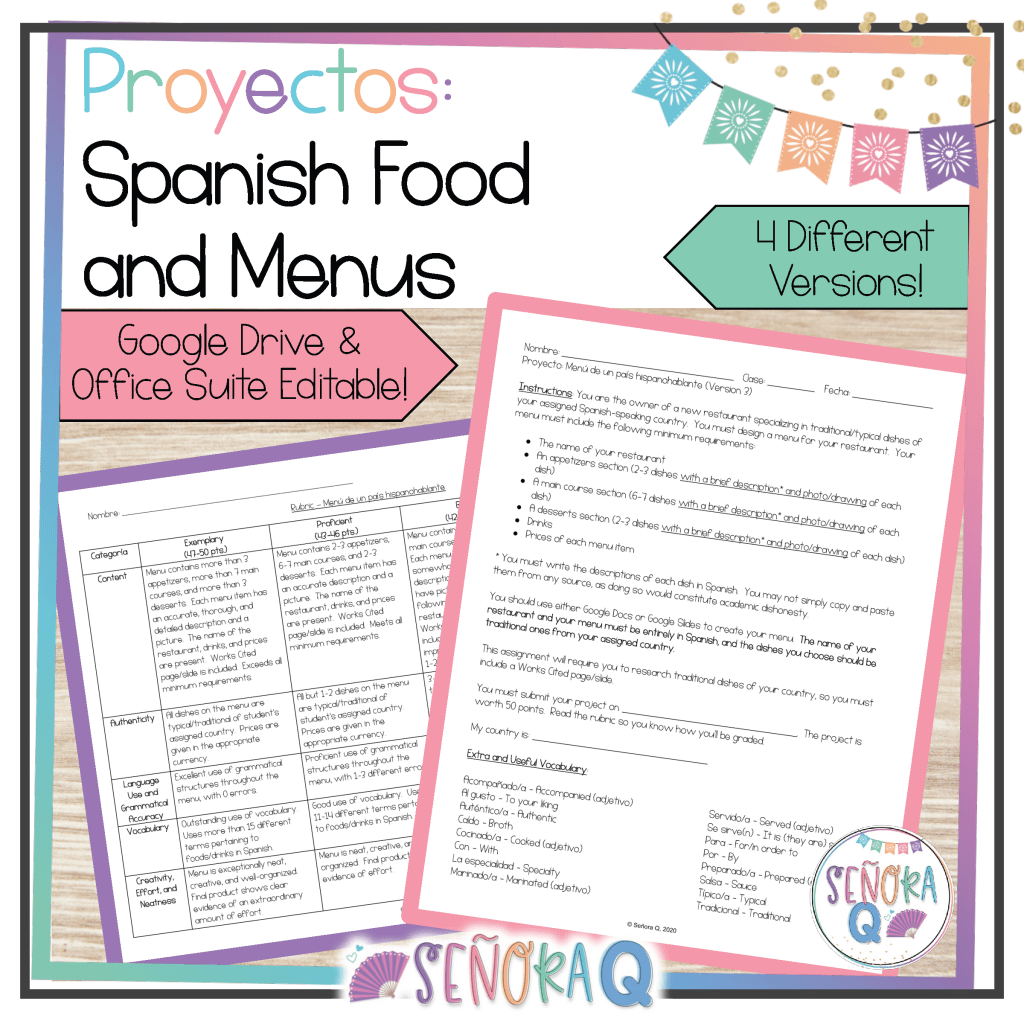


¡Hola profes! I hope you’re doing well today! Are you having nice spring weather where you are? We’ve been having a warm (albeit rainy) spring here so far in Pennsylvania. The warmer temperatures always remind me that summer is on its way!
Let me know if you can relate to this: the end of the school year is approaching, but you’re feeling super stressed because you know a formal observation by your principal or supervisor is coming. Maybe this observation will be announced and maybe it won’t, but the nerves and anxiety that an observation can cause remain the same either way. You might be worried about student engagement or behavioral issues during your lesson. The stress of the observation is eating at you and you know you won’t feel better until it’s over!
This was me during my first few years of teaching. I typically had three full-period observations per year – one in the fall, one in the winter, and one in the spring. The spring observation was particularly stressful for me and I would feel very anxious in the days (and sometimes even weeks) leading up to it.
If you’re feeling like this too, just know that you’re not alone, and that it’s going to be okay! I wanted to share some activities that I’ve used during my formal observations that my principals have loved! Hopefully this might give you some ideas and reduce your stress level a bit!
#1: Task Cards
Integrate task cards into your formal observation lesson plan to provide students with practice in reading, writing, listening, or speaking! Task cards can feature a range of activities such as matching exercises, fill-in-the-blank sentences, or multiple-choice questions related to the lesson’s vocabulary, grammar, and/or thematic topics. Students can work individually, in pairs, or in small groups to complete the tasks, promoting active participation and reinforcing language skills. Your principal or supervisor will appreciate the structured and interactive nature of this activity, as well as the opportunity for differentiated instruction!
Are you planning to practice any of the following topics during your formal observation? Check out these ready-to-print task cards and get ready to dazzle your audience!
#2: Scrambled Sentences Puzzles
Use scrambled sentences puzzles to reinforce vocabulary, grammar, and sentence structure while promoting critical thinking and problem-solving skills! Provide students with sets of words or phrases related to the lesson’s vocabulary and/or grammar topics, scrambled out of order. Challenge students to rearrange the words to form coherent sentences in Spanish. This activity encourages students to apply their knowledge of sentence structure and vocabulary in a hands-on and interactive way. This is a super engaging activity that showcases students’ abilities to manipulate language components effectively while collaborating with peers.
Like this idea? Save yourself time and energy by grabbing these puzzles – lesson plans = done!
#3: Read Authentic Texts
Select authentic texts in Spanish and guide students through a close analysis of the material. Encourage students to identify key vocabulary, grammatical structures, and cultural references within the text. Lead discussions on the author’s purpose, perspective, and main ideas, prompting students to express their opinions and interpretations in Spanish. This is a great way to show your principal or supervisor a high level of rigor and the opportunity for students to practice critical thinking skills during this activity.
Here are some texts that you could incorporate into your formal observation lesson plan:
#4: Simulated Conversations
Simulated conversations are a great way to showcase your students’ abilities to use spoken Spanish and to demonstrate to your administrator or supervisor how you prepare your students to use Spanish in real-world scenarios outside of the classroom! The simulated conversation is an interpersonal speaking task in which students listen to conversation exchanges and respond appropriately, according to prompts on a provided outline. The conversation outline that is given to student should contain an introduction with some details about the conversation and tells students what to expect from each exchange they hear (i.e., te hace una pregunta, reacciona, continúa la conversación, etc.), and what they must do for each exchange they must return (contesta, haz una sugerencia, explica por qué, etc.). If you are curious as to how you can scaffold this activity for your lower-level classes, check out this blog post!
If your administrator or supervisor also likes to see teachers using technology in action, the simulated conversation can help check that box, too! Here’s how you can utilize technology to easily facilitate the simulated conversation in your classroom!
Want to try a simulated conversation for your next observation? I’ve got you covered! Check these out:
#5: Projects
Projects are another great choice for a formal observation because students are the ones doing the heavy lifting, meaning they will be highly engaged during the lesson. What’s more, projects allow for student voice and choice, as they often have some degree of leeway as to what they want to include in their final products. Combine a highly-engaging activity with student demonstrations of their language abilities, and you’ve got the makings of an awesome formal observation lesson plan!
Here are some projects you could utilize:
I hope this was helpful and that you got some ideas for your formal observation plans! Remember: you’ve got this! If you have any questions about these activities, feel free to leave me a comment below or send me an email. Have a wonderful week, profes!

